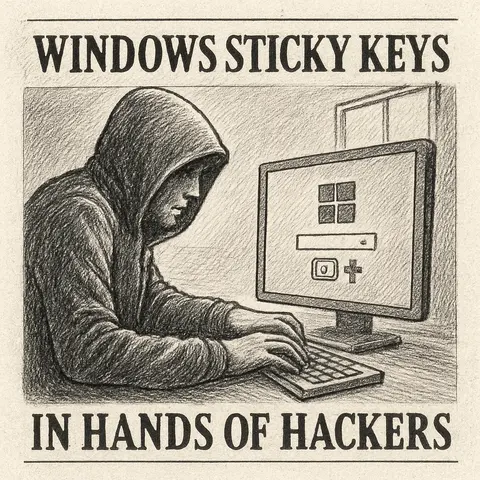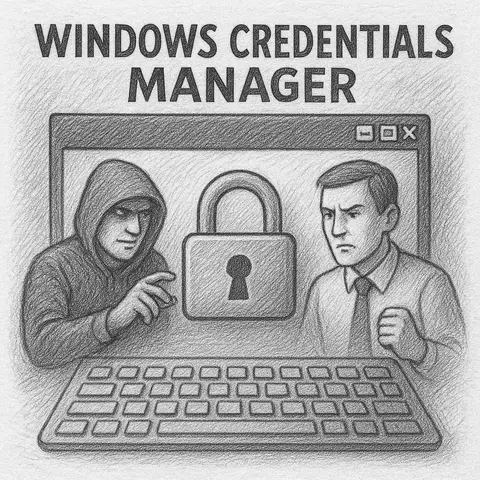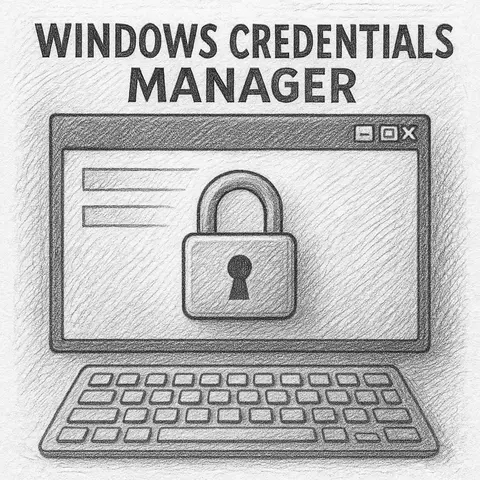All content, articles, tutorials, tools, and discussions on this blog are provided for strictly educational, informational, and research purposes only. Our mission is to educate, raise awareness about cybersecurity threats and defenses, and foster responsible digital citizenship.
Under no circumstances should any information found on this blog be used for illegal, unethical, or malicious activities. This includes, but is not limited to, unauthorized access to computer systems, data theft, distribution of malware, or any other actions that violate applicable laws or harm individuals or organizations.
The author(s) and owner(s) of this blog do NOT endorse, condone, or support any illegal or harmful use of the information presented. We explicitly disclaim any responsibility or liability for any damages, losses, or legal consequences that may arise from the misuse or misinterpretation of our content.
Users are solely responsible for their actions and adherence to all local, national, and international laws. By continuing to use and access this blog, you acknowledge that you have read, understood, and agreed to these terms, and you commit to using the information responsibly and ethically. If you intend to use this information for any illegal purpose, please leave this site immediately.
© 2025 Isosecu. All rights reserved.









